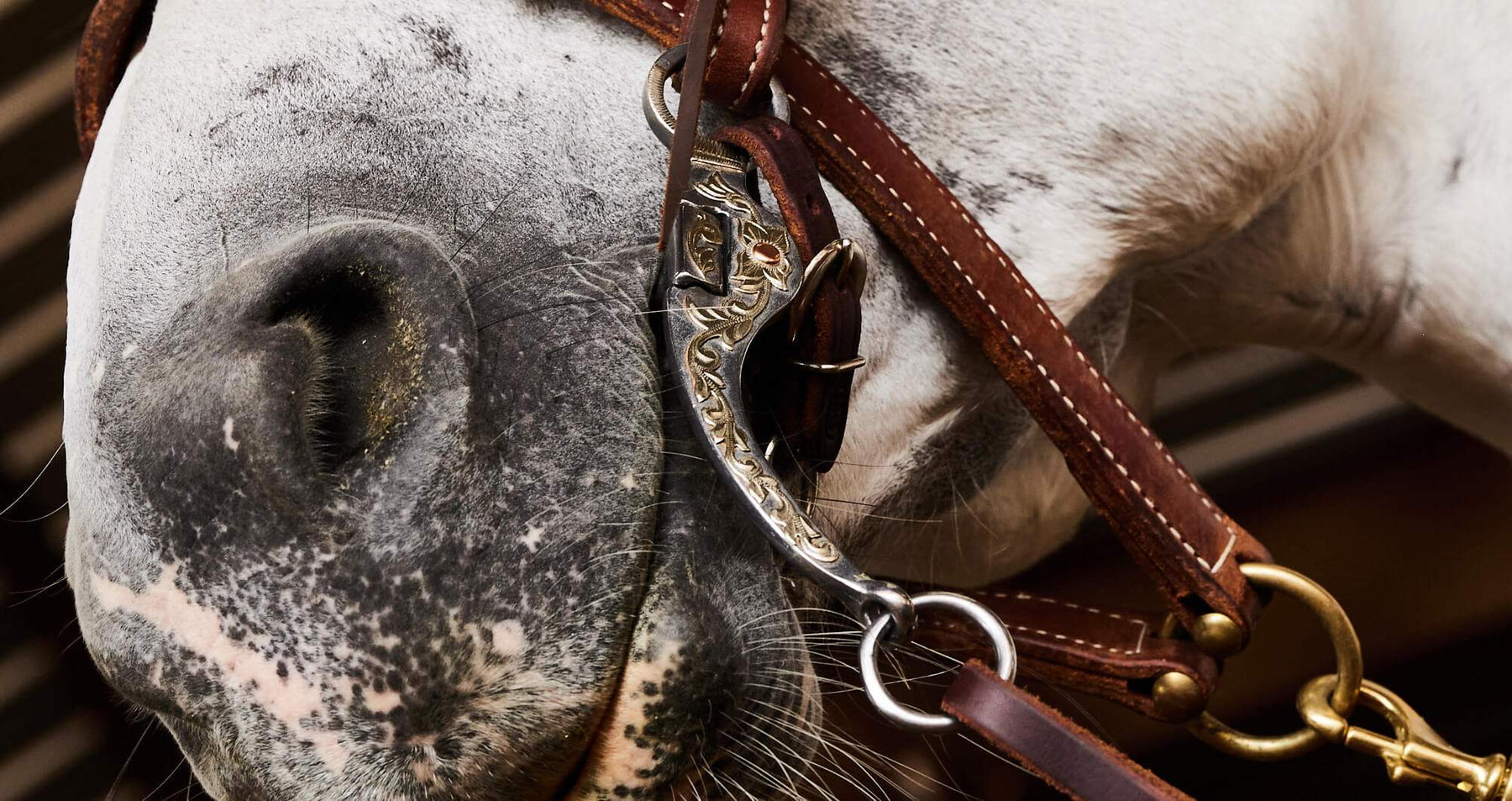
The History and Transformation of the Horse Bit
History of the Horse Bit
The earliest forms of bits were made of bone, rope, horn, and hard wood! Leather strips, bone, or wood would be tied to cheek pieces made of antlers. There is evidence that these bits were used in Botai culture in ancient Kazakhstan dating back to 3500 BC. Bronze metal bits didn’t come to use until sometime between 1300 and 1200 BC and were discovered in Mesopotamia; present-day Iran. These early mouthpieces were pretty severe, as horsemanship really wasn’t at the forefront of a rider’s mind, warriors merely needed means to control their horse when riding into battle. In medieval times warhorses were often ridden in a curb bit with an overly high port and long shanks, ‘which increased the leverage on the curb and the pressure on the horse’s poll; some bits also put pressure on the nose. Theoretically, such bits were used with very little pressure on the reins.’ (World Wide Tack)
It wasn’t until the 1700s that a much milder bit was introduced, and emphasis on horsemanship and training was a part of everyday life, especially in the Renaissance period. However, the bits in the 1700’s were still much more severe than those later in the 1900’s. Until 1940 nickel was the favored material but was replaced with stainless steel. Over the decades mouthpieces, shanks, and cheeks have modernized due to an increased understanding of what pressures are created by the different mouthpieces, and our understanding of what effect these pressures have on horses.
Right From the Horse’s Mouth
Many types of metal, or synthetic materials, are used for mouthpieces - which may determine how a horse tolerates the bit or salivates. Having a moist mouth is ideal as this means the horse is more relaxed and responsive. Metals like stainless steel and nickel do not rust and have an ordinary salivation response while sweet iron and copper encourage salivation. When black iron and copper slowly oxidize and rust the bit oxidizes and has a sweet palpable taste, and encourages salivation leading to a soft mouth. However synthetic bits are typically made with rubber and work really well on horses with sensitive mouths or on horses who find it harder to maintain contact with.
Modern Day Bit Anatomy
Cheek - The cheekpiece is the part of the bit you actually see when the bit sits in the horse's mouth. Cheekpieces can be anywhere from loose rings to shank bits.
Mouthpiece - Bit mouthpieces lay across the horse’s tongue, in an area of the mouth where there are no teeth. They can effect pressure on the tongue, bars, lips, and palate. The roof of the horse’s mouth is called the palate. Bits with higher ports and correction bits typically work off of palate pressure
Shank - ‘The shank is located below the mouthpiece on the curb and shank bits. Shanks multiply the amount of rein pressure and come in short and long versions. Typically, the longer the shank, the more pressure will be felt on the mouth.’ (Riding Warehouse)
Purchase - Located above the mouthpiece, on curb and shank bits, can influence the action upon the mouth. Shorter purchases tend to call for a quicker action on the horse's mouth while longer purchases will take longer to act.
Curb Strap Ring - A curb strap or chain attaches to bits such as shanks, curbs, pelhams, and kimberwicks. They connect to the purchase of the bit and sit under the horse's chin groove. When the reins are engaged, the shank or cheekpiece tightens the curb strap into the chin groove, which encourages your horse to be light and soft in the mouth.
Shop By Bit Type
Snaffle Bits Ported Bits Correction Bits
Chain Bits Gag Bits Dogbone Bits
Roller Bits Hackamores English Bits



















